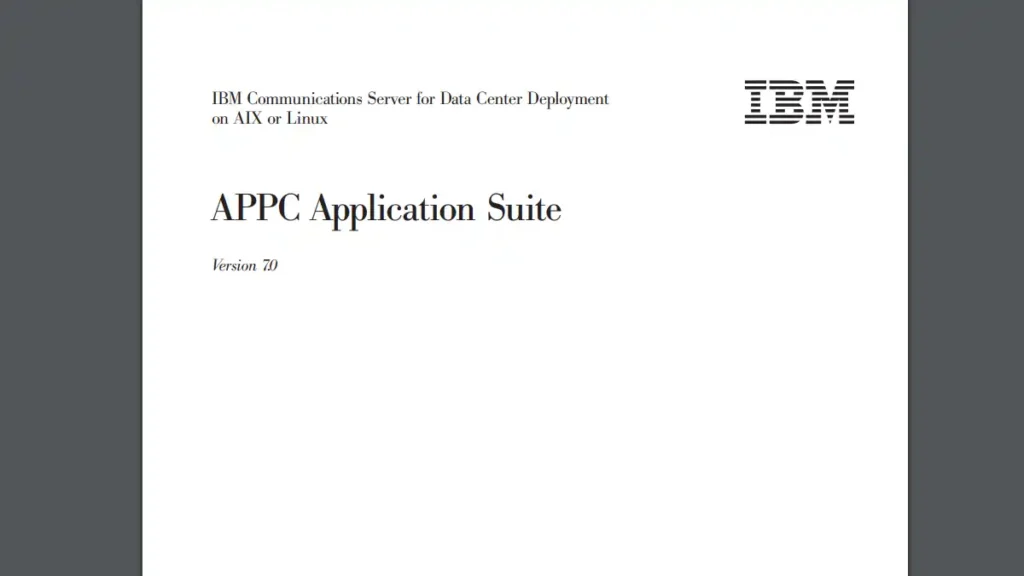AFTP, or APPC File Transfer Protocol, was a protocol used primarily for transferring files in SNA (Systems Network Architecture) servers and AS/400 mainframes.
Though largely phased out by contemporary technologies, understanding AFTP offers valuable insights into the data exchange methods of the past and their influence on today’s solutions. This article aims to shed light on what AFTP was, its functionalities, and why it’s no longer in common use.
1. What is AFTP (APPC File Transfer Protocol)?
APPC File Transfer Protocol is a protocol that provides file transfer capabilities for the Advanced Program-to-Program Communications (APPC) protocol. APPC File Transfer Protocol (AFTP) servers are the APPC equivalent of File Transfer Protocol (FTP) servers in the TCP/IP world.
Microsoft SNA Server can be used to establish AFTP connections to AS/400 or mainframe computers running the APPC applications suite. Users can then utilize standard FTP client software to transfer files between the SNA server and the AS/400 or mainframe host.

The optional AFTP service must first be installed on the SNA server. The installation can be configured so that the SNA server performs the function of an FTP-to-AFTP gateway. This will enable standard FTP clients to transfer files to and from the mainframe host. Advanced Program-to-Program Communications – AFTP is related to IBM AS/400.
2. Why AFTP is No Longer in Use?
Evolution of Networking Technologies
The shift from proprietary network architectures like SNA to more open standards, including TCP/IP, has diminished the relevance of AFTP. Modern protocols such as FTP, SFTP, and HTTPS offer broader compatibility and better security features.
The Rise of Cloud-Based Solutions
With the advent of cloud computing, the need for specialized file transfer protocols for specific mainframes has reduced. Cloud-based storage solutions have become more versatile, accommodating various types of data transfer requirements without needing proprietary protocols.
3. Conclusion: The Legacy of AFTP
Though AFTP is largely antiquated, its history serves as an educational pivot point for understanding the evolution of networking technologies. As we look back at how data transfer protocols have evolved, AFTP stands as a relic that reminds us of the limitations and innovations of its time.